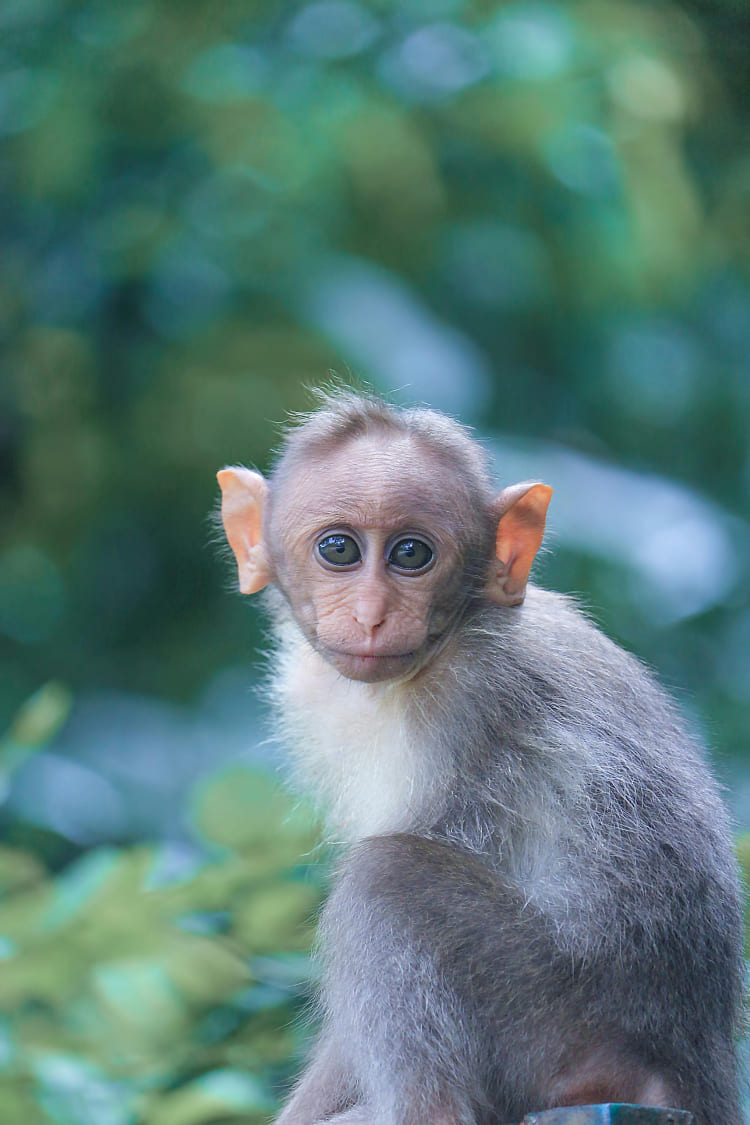31P6V+H9P, Aurabandha, Chhattisgarh 494821, India [email protected]
31P6V+H9P, Aurabandha, Chhattisgarh 494821, India [email protected]


The orca, or killer whale, is one of the most iconic marine mammals and a symbol of the ocean's power and beauty.

The King Penguin, a symbol of resilience and grace, is the second largest penguin species after the emperor penguin.

The Scarlet Honeyeater (Myzomela sanguinolenta), a small but vibrant bird, is a jewel of the forest.

The alpaca is a domesticated species of the South American camelid, known for its soft, luxurious fleece. Native to the Andes Mountains, alpacas have been bred for thousands of years by indigenous peoples for their wool, which is prized for its warmth, durability, and hypoallergenic properties. These gentle and sociable animals are smaller than their llama relatives, standing about 90 cm at the shoulder and weighing between 55 and 65 kilograms.
Alpacas are herbivores, grazing primarily on grasses and hay. They have a unique digestive system with three stomach compartments, which allows them to efficiently process tough, fibrous plants. Their low-impact grazing habits make them environmentally friendly livestock, as they do not overgraze or damage the soil.



Macaques are highly adaptable primates found in various habitats, from tropical forests to urban areas, across Asia and North Africa. These intelligent and social animals live in large troops, often led by a dominant male. With their expressive faces and dexterous hands, macaques are adept at foraging for fruits, seeds, and insects, and in some areas, they are known to raid crops or scavenge in human settlements.
Macaques communicate through a combination of vocalizations, facial expressions, and body language. Their social structure is complex, with individuals forming alliances and bonds that influence their status within the group.
While many macaque species are thriving, some face threats from habitat destruction and the illegal pet trade. Conservation efforts aim to protect their habitats and reduce human-wildlife conflict to ensure their continued survival.

Sea turtles are ancient marine reptiles that have roamed the oceans for over 100 million years. Found in tropical and subtropical waters worldwide, these turtles are known for their long migrations between feeding grounds and nesting beaches. There are seven species of sea turtles, with the green sea turtle and leatherback being among the most well-known.
Sea turtles play a vital role in marine ecosystems. For example, green sea turtles help maintain the health of seagrass beds, while hawksbill turtles contribute to the balance of coral reef ecosystems by consuming sponges. These turtles face numerous threats, including habitat loss, bycatch in fishing gear, plastic pollution, and climate change, which affects their nesting sites.
Conservation programs focus on protecting nesting beaches, reducing bycatch, and raising awareness to ensure these remarkable creatures continue to thrive in the wild.


We collaborate globally to save endangered species, restore habitats, and support wildlife research. Learn about our flagship programs and their real-world impact.



Visiting the zoo and learning about their conservation efforts was truly eye-opening. The dedication of the team to protecting endangered species and educating the public is incredible. I left with a deeper appreciation for wildlife and the need to preserve it for future generations.

This zoo is not just about showcasing animals; it’s about making a real impact on conservation. The staff is knowledgeable, and their programs are both educational and inspiring. It’s heartwarming to see how much they care for the animals and the planet. Highly recommended!